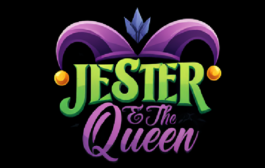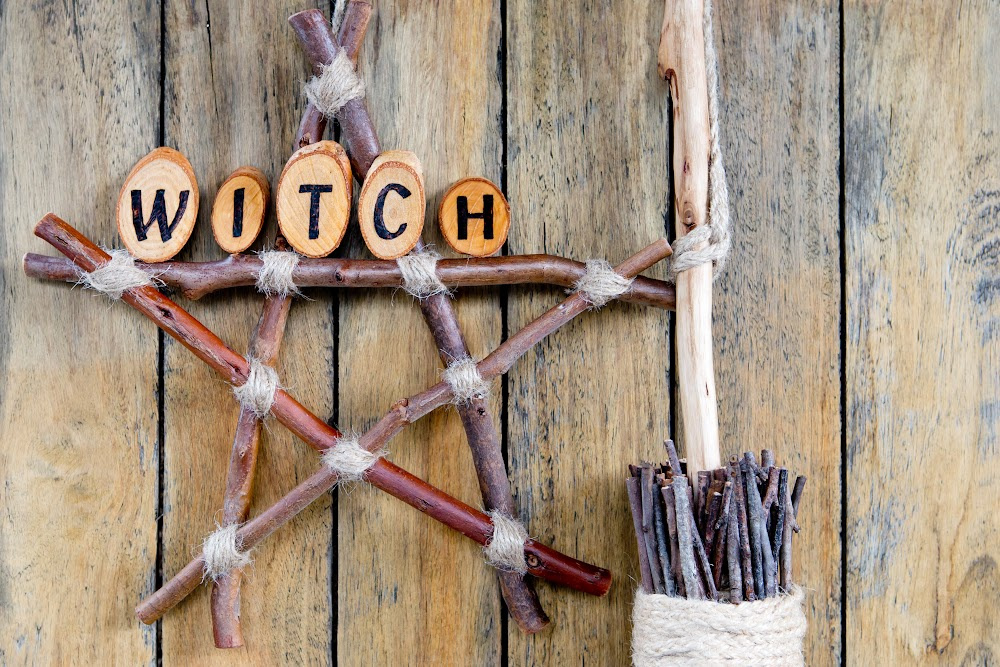Ostara, also known as the Vernal Equinox, is a Wiccan holiday that marks the arrival of spring. It is a time of renewal, growth, and rebirth, and it is celebrated by many witches and other pagan traditions around the world. In this article, we will explore the history of Ostara, its significance to modern witches, and how it is celebrated today.
History of Ostara
Ostara is named after the Germanic goddess Eostre, who was worshipped during the spring equinox. According to legend, Eostre found a wounded bird and transformed it into a hare, which later laid eggs as a symbol of new life and fertility. This story is believed to be the origin of the Easter bunny and the tradition of decorating eggs.
The holiday was also celebrated by the Anglo-Saxons as a time of fertility and rebirth. They believed that during the equinox, the balance of light and dark was equal, and the forces of nature were in perfect harmony. This was a time of planting and sowing seeds, and of celebrating the return of the sun after the long winter months.
Ostara and Easter
The holiday of Easter is closely linked to Ostara. Many of the traditions associated with Easter, such as the Easter bunny and the decoration of eggs, have their roots in the ancient pagan festival.
In fact, the name “Easter” itself comes from the name Eostre, the Germanic goddess of spring and fertility. When Christianity spread throughout Europe, many pagan festivals and traditions were incorporated into Christian holidays as a way to make them more acceptable to the local population.
The Easter bunny, for example, is believed to have originated from the pagan belief that hares and rabbits were symbols of fertility and new life. Similarly, the tradition of decorating eggs is a symbol of new life and renewal and was likely adopted by early Christians as a way to celebrate the resurrection of Jesus Christ.
Despite the Christian associations with Easter, many modern witches and pagans continue to celebrate Ostara as a distinct holiday, separate from the Christian holiday. They may choose to focus on the themes of growth and renewal and incorporate elements such as spring cleaning and planting seeds into their celebrations.
In summary, while Easter has become a Christian holiday, it has its roots in the pagan festival of Ostara, which is still celebrated today by many modern witches and pagans. Both holidays share themes of renewal and new life and incorporate traditions such as the decoration of eggs and the symbolism of the Easter bunny.
Significance of Ostara for Modern Witches
For modern witches, Ostara represents a time of renewal and growth. It is a time to plant seeds, both literally and metaphorically, and to set intentions for the coming year. Witches may perform rituals to honor the balance of light and dark and to call upon the energy of spring to manifest their desires.
Ostara is also associated with the element of air, which represents intellect, communication, and new beginnings. This element is particularly relevant during the equinox, as the changing of the seasons brings new ideas and opportunities for growth.

How Ostara is Celebrated Today
There are many ways to celebrate Ostara, depending on your personal beliefs and traditions. Here are a few common practices:
Spring Cleaning: Many witches use the equinox as an opportunity to declutter their homes and release any negative energy from the previous year.
Planting Seeds: Some witches plant seeds or bulbs as a symbol of new beginnings and growth. This can be done in a garden or in a small pot on a windowsill.
Decorating Eggs: The tradition of decorating eggs dates back to ancient times, and many witches still practice this ritual today. Eggs can be painted, dyed, or decorated with symbols that represent your intentions for the coming year.
Holding Rituals: Many covens and solitary practitioners hold rituals to honor the equinox and set intentions for the coming year. These rituals may involve meditation, chanting, or the lighting of candles.
Spending Time in Nature: Ostara is a time to connect with the natural world and appreciates the beauty of the changing seasons. Some witches may choose to take a walk in the woods, visit a park, or simply spend time outside in their own backyard.

Ostara is a time of renewal, growth, and rebirth, and it holds great significance for modern witches. Whether you choose to celebrate with a ritual, plant some seeds, or simply take a walk in nature, this holiday is a reminder of the power of the natural world and our own ability to manifest our desires.



